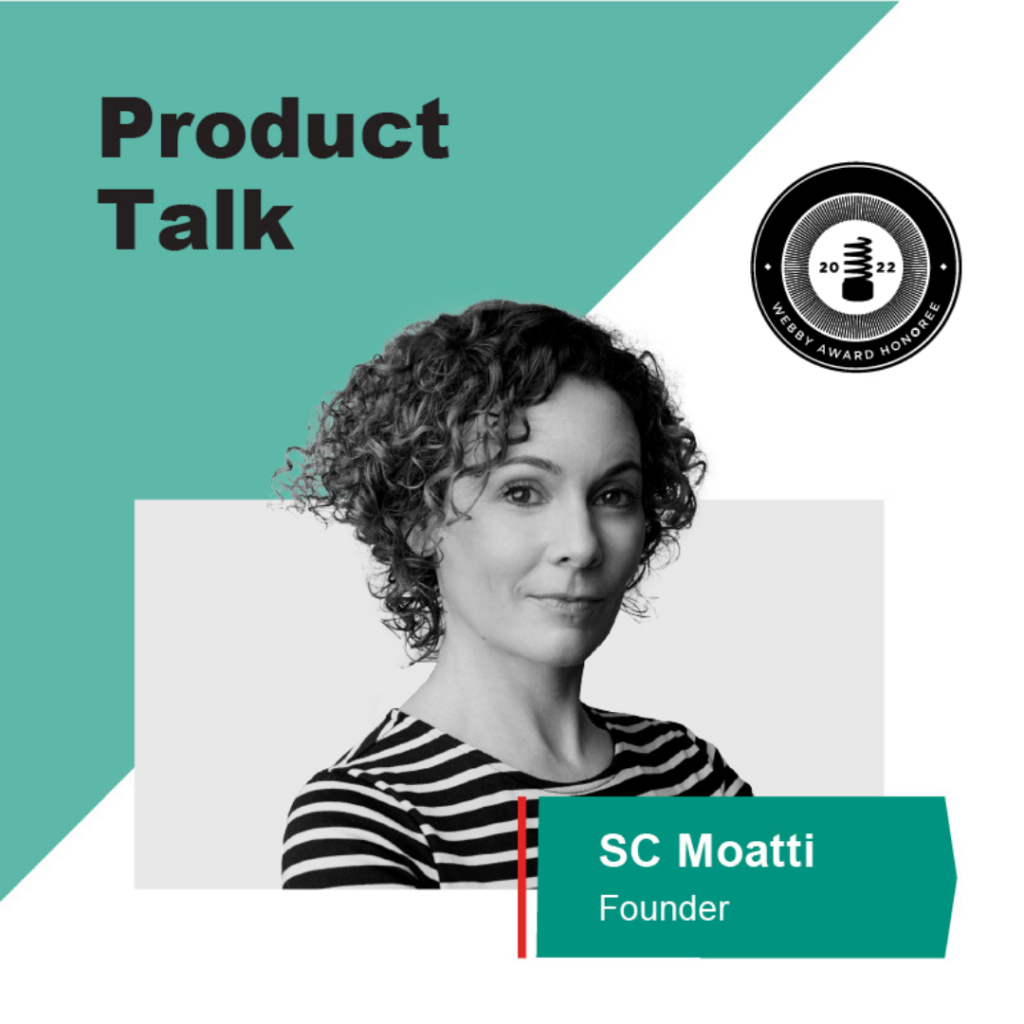Our Summer Series of podcasts is designed to introduce you to some of our most popular content and superstar PM professionals from the last six years. This episode focuses on artificial intelligence and machine learning highlights from five popular episodes of Product Talk. How do product leaders build smarter AI and ML that make products better? These product leaders share their insights about the potential of AI, along with some limitations to keep in mind.
Subscribe to the Product Talk podcast below and make sure you never miss a single product conversation with leading product executives. New episodes live every Wednesday!

On what artificial intelligence is
David Karandish is CEO at Jane.ai, and said he sees AI as simply software that learns.
“As you think about traditional software algorithms, you put your input in, you get a consistent output back, there isn’t a big feedback or learning loop around those algorithms. I think about artificial intelligence as software that is able to essentially pick up a series of patterns that happen over and over again, in order to refine its output, its goals, whatever it’s trying to accomplish.
On Limitations to artificial intelligence
Margaret Mayer is the former Managing Vice President, Messaging, Conversational AI & Emerging Technologies at Capital One. According to Margaret, AI is currently limited by both hardware and human beings.
“Some of the main limitations today are still data volume and processing power. Do we have enough examples to train? Do we have enough processing power even if we have enough data?
The inputs that humans give to AI are also crucial and determine how much the technology can do.
“There’s a notion that a human needs 10,000 hours to master something. If that’s true, you need to potentially train an artificial intelligence machine the equivalent of 10,000 human hours. We don’t expect humans to know everything, and machines won’t either since humans are training them.”
On augmented vs. artificial intelligence
Jon Richter is former VP and Head of Product at CognitiveScale and addressed augmented intelligence as compared to artificial intelligence. According to Jon, augmented intelligence is not the notion of computers replacing humans, but applications where machines can augment human capabilities.
“We have two classes of use cases. The first is the ‘engaged type’ use case. This is where we implement AI to help enterprises personalize an experience for end customers. For example, the goal could be to increase conversions, boost retention or improve customer service.”
A second type of use case involves assisting employees. “The second use case is the ‘amplify type’ where we augment the intelligence of the enterprise’s employees. This enables them to make more effective decisions. Augmented intelligence identifies, routes, manages and predicts certain business conditions with the intent to drive business efficiency.”
On building better products with AI and ML
Jacob Sisk is fmr CEO at Credit Suisse Labs. He said he’s interested in how machine learning can perform higher-level cognitive tasks and not just repetitive tasks that people are terrible at doing.
“I am passionate about machine learning gathering information for professional communities. Basically, imagine what google does, but like for credit underwriters, bankers, lawyers and doctors. The computer organizes the information so that the things we do, which are exhibiting judgment and creativity, are easier. Therefore, the things we don’t like to do – such as doing repetitive tasks or searching in haystacks for needles – get automated away for us.”
On machine learning usage for product managers
Surbhi Kaul is Head of Product and Senior Director, Virtualization & Automation Software at Juniper Networks. According to Surbhi, machine learning can be invaluable to product managers.
“If we imagine product managers determining if they can do this or not, they need to know how much and what kind of data is needed. Typically what good product managers and good data scientists will do is take the data set and break it out into test data. Then create training data. So you use the same model.”
The next step is validating the data, then iterating and improving the model. “You might think, ‘If this is the case I can add some additional features or extract additional features from this data that will move my model even further.’”

Product Talk is sponsored by Mighty Capital; turning ideas with traction into products that win.

About the host
SC Moatti is a technology visionary, entrepreneur and investor. She is the founding partner of Mighty Capital, a Silicon Valley venture capital firm, and Products That Count, one of the largest communities of product managers, leaders and founders in the world. Previously, she built products that billions of people use at Facebook, Nokia and Electronic Arts. She also serves on boards of both public and private companies, including mobile technology giant Opera Software (OPERA:Oslo). An award-winning bestselling author, Moatti frequently gives keynotes on business and technology, and has been featured in The Wall Street Journal, the Harvard Business Review, and on NPR. She lectures at Stanford Graduate School of Business, where she earned her MBA and has a Master of Science in electrical engineering. Andrew Chen, one of Uber's top executives, called SC “a genius at making mobile products people love.” For more information, visit scmoatti.com.